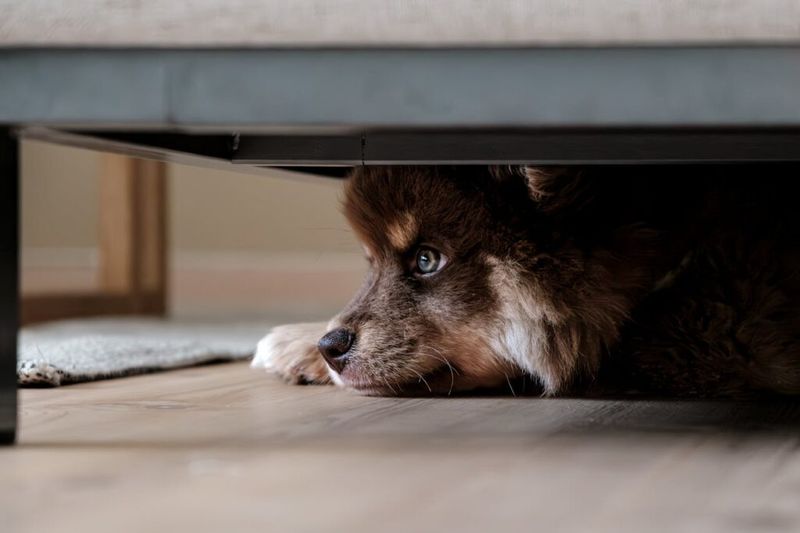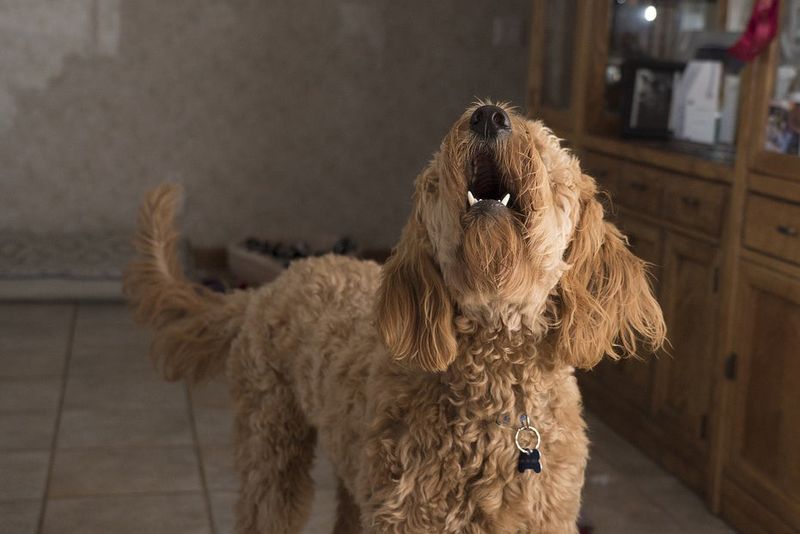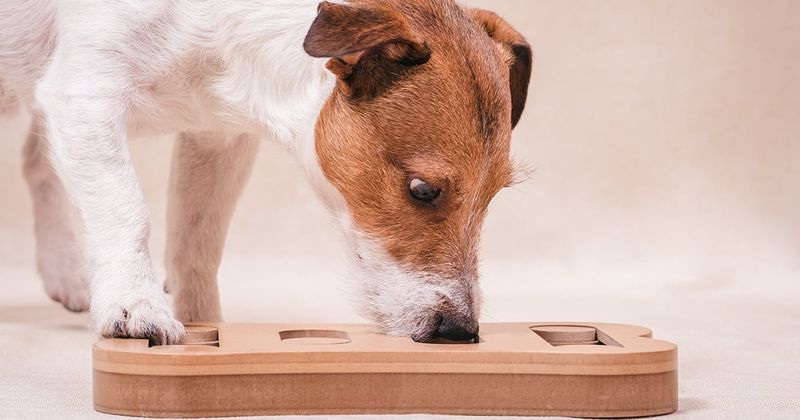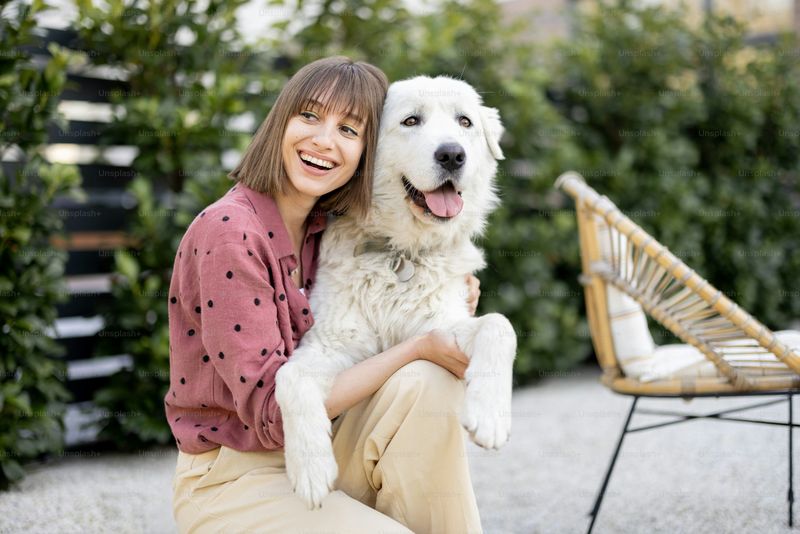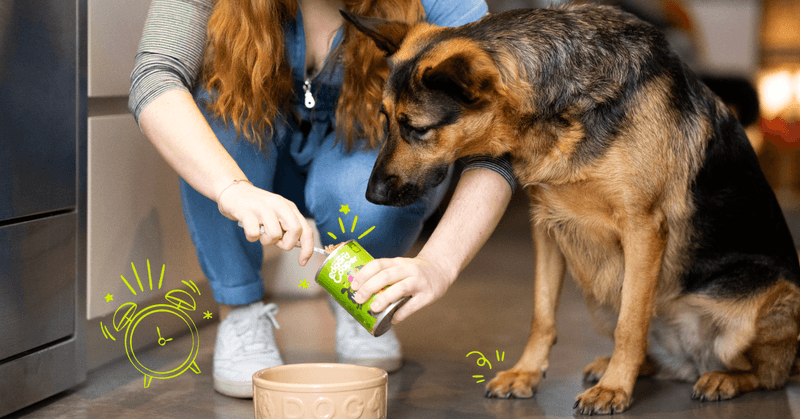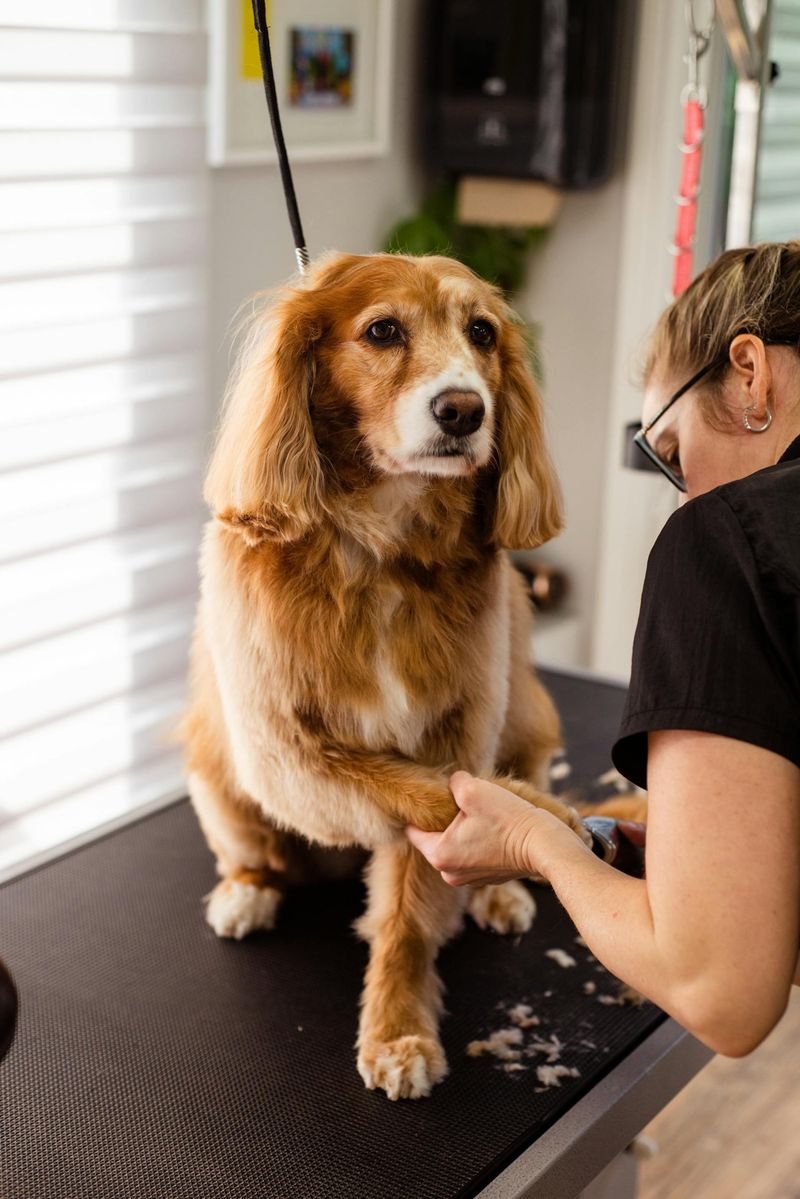Dogs communicate their feelings in ways that aren’t always obvious to us. Understanding these subtle signs can be crucial in ensuring their happiness and well-being. Here, we explore five signs that your dog might be unhappy and offer five actionable ways to make them feel better quickly. This guide aims to help you become more attuned to your pet’s needs, fostering a happier and healthier relationship.
Lack of Interest in Play
When your playful pup suddenly ignores their favorite toys, it can be concerning. A dog that loses interest in play might be experiencing sadness or even depression.
This behavior can stem from changes in routine, lack of physical activity, or loneliness. Offering new toys or engaging in interactive play sessions can rekindle their excitement.
Providing more structured playtime or introducing puzzle toys can also stimulate their minds.
By spending extra time with your furry friend, you can help them rediscover the joy of play, strengthening your bond along the way.
Changes in Eating Habits
If your dog suddenly shows disinterest in meals, it might be more than just a picky phase. Changes in appetite can indicate emotional distress.
Stress, new environments, or even changes in household dynamics might be contributing factors. Observing these changes closely helps identify potential triggers.
Offering meals in a quiet environment or adjusting feeding times can encourage eating. In some cases, a vet consultation ensures there are no underlying health issues at play.
Withdrawn or Hiding Behavior
A dog that suddenly hides or withdraws might be feeling insecure or frightened. This behavior can arise from environmental changes, loud noises, or even new family members.
Creating a safe, calm space for them to retreat to can help. Providing comforting items, such as blankets or favorite toys, may ease their anxiety.
Slowly reintroducing them to the environment with positive reinforcement encourages confidence. By understanding their needs, you can help them feel more secure and loved.
Excessive Licking or Chewing
Excessive licking or chewing can be more than just a curious habit. It might signal underlying stress or anxiety in your dog.
Often, this behavior is self-soothing, much like nail-biting in humans. Exploring the root cause, such as boredom, allergies, or skin irritations, is essential.
Helping your dog feel calm through routine, exercise, or calming toys can alleviate anxiety.
Consulting a vet for persistent issues can ensure there are no medical concerns, allowing you to address potential underlying problems effectively.
Excessive Barking or Whining
When your dog becomes excessively vocal, it might be telling you something. Barking or whining can signal anxiety, fear, or unmet needs.
Understanding the context, like when or where this behavior occurs, can provide insights. Training techniques or providing mental stimulation can address the root cause.
Establishing a routine and ensuring they aren’t left alone for long periods can also help. These steps can create a more peaceful environment, making a happier dog.
Introduce More Mental Stimulation
Dogs love challenges, and mental stimulation can make them happier and more content. Introducing activities like puzzle toys or scent-tracking games engages their intellect.
These activities offer more than just fun; they provide a sense of achievement and purpose. Incorporating training sessions or teaching new tricks can also satisfy their curiosity.
Taking time for interactive play can prevent boredom-related behaviors, leading to a fulfilled and joyful pet. It’s all about keeping those tails wagging!
Create a Comforting Environment
Creating a comforting space for your dog can enhance their sense of security and happiness. Soft beds, soothing music, and calming scents can transform their environment.
Consider their favorite spots and enhance these areas with additional comfort items. Familiar smells and textures provide reassurance during stressful times.
This supportive atmosphere helps in reducing anxiety, allowing your dog to relax and unwind. It’s a simple yet effective way to show your love and care.
Spend Quality Time with Your Dog
Nothing beats quality time with your furry friend to lift their spirits. Activities like walks, play, or simple companionship create bonds that strengthen trust.
Regular interaction and attention reassure your dog that they’re loved and important. It’s about being present and engaged, even during mundane daily routines.
These moments, big or small, contribute to their emotional well-being, leading to a happier, more secure dog. Investing time in your relationship reaps endless rewards.
Establish a Routine
Dogs thrive on routine, and establishing a consistent schedule provides them with a sense of security. Regular feeding, walking, and sleeping times support emotional stability.
Predictability helps reduce anxiety, as your dog knows what to expect every day. It’s like creating a comfortable rhythm that resonates with their natural instincts.
By maintaining structure, you offer reassurance and confidence, essential for a joyful, content life. Routine brings balance and harmony, nurturing the bond you share.
Address Health and Grooming Needs
Regular veterinary check-ups and grooming can significantly impact your dog’s happiness. Health issues often manifest as behavioral changes, and timely intervention is vital.
Proper grooming, including brushing, nail trimming, and bathing, promotes physical well-being and comfort. Cleanliness contributes to a positive mood, making them feel their best.
Addressing these needs with care and attention reflects your commitment to their overall health. It’s a proactive approach to ensuring a happy, healthy life for your beloved pet.



